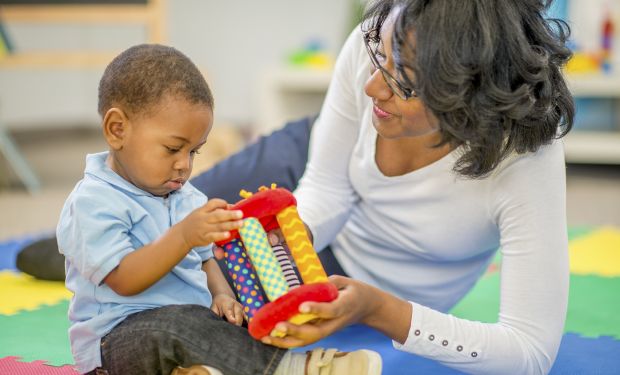The core responsibility of parenting is to provide a loving and safe environment for children to grow and develop. As part of this environment, parents also hope to shape their children’s behaviors and beliefs to lay a foundation for a successful and fulfilling future adulthood.
Educating children about the benefits of a healthy life are crucial to creating an environment for a nourishing childhood that produces a happy and healthy adult. Parents teach children by what they do, and by what they say. In light of that, here are 10 things parents can teach their children through words and actions.

- Eat the rainbow. A wide variety of colorful fruits and vegetables prepared in simple ways is important for balanced nutrition. While all kids dislike some foods, trying a wide variety of things can help develop a broad palate that will serve them well through adulthood.
- While we’re on food, eat dinner together. While it is somewhat difficult to study this, families that eat dinner together have been demonstrated to not only have better nutrition, but adolescents who eat at least one meal daily as a family tend to have better emotional health and social outcomes. Note that it doesn’t have to be dinner, an early morning family breakfast works just as well—and eating breakfast is consistently associated with healthier weights than those who skip breakfast.
- Exercise is fun. Doing activities together as a family, inside or outside, that get your heart rate up, get you breathing hard and at least a little sweaty five times a week is important for all of us to stay healthy. Make sure these are fun, developmentally appropriate exercises that kids will like. Have you ever noticed how tiring a game of tag is as an adult? Guaranteed to be more fun than 20 minutes on the treadmill.
- Get outside. Obviously with the outside comes insects, sunburns and injuries—all the things that doctors talk to you about preventing. But remember that the sun allows us to produce Vitamin D, and getting outside can help mood and also produces opportunities to do things together.
- Safety rules. Taking controlled chances and gradually increasing responsibilities is fun and exciting—so get that swing a little higher! But remember that injuries are the number one killers of children and young adults. It is crucial that you provide guidance to your children about this issue. First of all, simple things like wearing your seatbelt and a bike helmet can send an important message to your children. Also remember that even young adults in their teens and 20s need parental guidance for good decision-making as their brains are still developing and tend toward impulsivity.
- Parents can set an example for their children by not abusing alcohol and cigarettes. Basically, the longer children abstain from alcohol and cigarettes, the lower their risk of future addiction becomes. Set clear expectations, enforce the rules and set good examples.
- Be nice. Interpersonal violence is one of the biggest risks to adolescents (and children), with homicide and suicide being two of the top three risks for adolescent death. As adults, we need to model violence-free mediation and conflict resolution. Children should leave your home as adolescents with a wide variety of skills and strategies to negotiate conflict, including the understanding that sometimes the best thing to do is walk away from conflict if it’s happening, even if it doesn’t seem “tough” or “cool” at the time.
- Check-ups. Preventive medical care can have an important impact on overall health. This is particularly true through aging in adulthood. So keep your teeth clean and body in shape, and get your check-ups, take your kids to their check-ups and normalize these practices for their lives. (READ: See this checklist for annual checkups from LA Parent)
- Fellowship together. Time together as a family lets you build the relationships that will help families and individuals get through tough times to come. It also is an enjoyable way to bond together without television or other distractors. Dedicate some time each week to the family, and also try to spend time one-on-one time together, such as Mommy-Daddy night or Father-Daughter special night. When life gets too busy for that, at least fall back on the meal together.
- Bend but don’t break. Multiple studies demonstrate that childhood and adolescent resiliency is the single best predictor of long term success and social-emotional health. A loving family in addition to the nine goals above will help build this. Allowing children to work their way out of problems (with your invisible oversight to assure things are on track) will help them gain confidence and skills that they will use through their whole lives. Not stepping in as a parent can be one of the most difficult things to do, but selectively stepping in helps assure a successful childhood while also preparing children for the rest of their lives.
Do your best and happy parenting!

